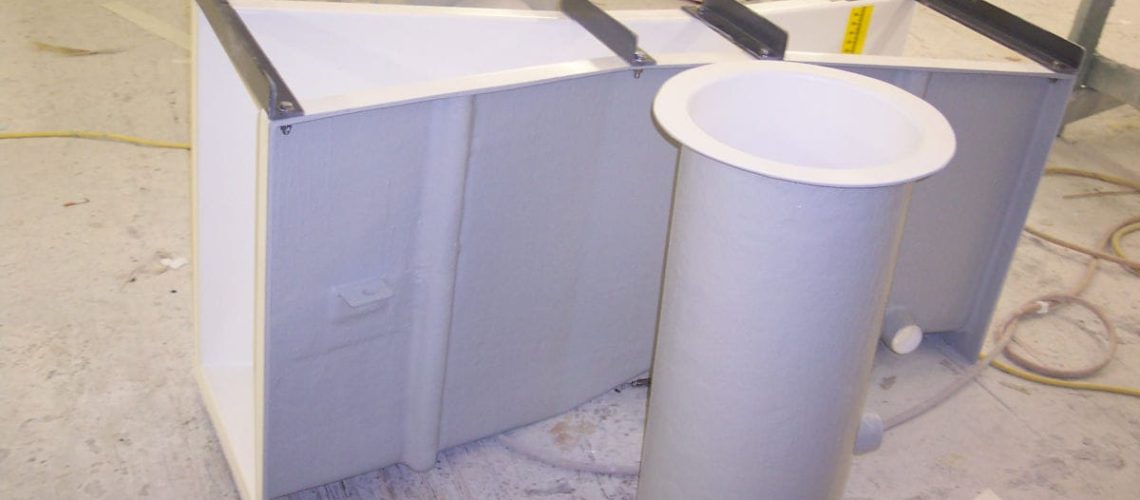When you’re looking to take flow rate measurements, more often than not you’ll be using a weir or flume to get the job done. While they both offer accurate measurements, there are quite a few factors that can determine just how precise those measurements are. A stilling well is one of the best solutions for mitigating some conditions that might throw off those measurements. If you want to utilize a stilling well, however, you’ll need to consider the lag. Here’s how to account for stilling well lag.
How Stilling Wells Work
Before you can understand how lag affects stilling wells, you need to grasp how stilling wells work in general. These wells are chambers isolated from the flume or weir proper that are connected to the device with a hole or channel depending on how far away they are. For the most part, they exist to deal with surges and turbulence to keep your flow relatively calm to allow for accurate measurements.
You’ll find two kinds of stilling wells available, attached and detached. The categories are exactly what they sound like, with attached stilling wells being a part of the primary measurement device, and detached stilling wells being add-ons connected with a small channel or tube. While technically all stilling wells have lag, detached wells are the ones that deal primarily with lag.
What Is Stilling Well Lag?
Stilling well lag is the time difference between changes in the flow measurement device proper and the change in the stilling well. For example, if the surface level in a flume changes due to a change in the flow rate, it will take some time before that same change is reflected in the water level of the stilling well. This can cause a variety of measurement problems, as your primary device and stilling well need to be in sync when taking measurements.
Lag is far more prominent among detached wells than attached wells. Attached wells offer the flow virtually no travel time, so there’s no chance for any serious lag to take place. Detached wells, however, can have significant lag, especially if the well itself is a fair distance away and the connector isn’t quite large enough to facilitate the flow.
How To Fix Stilling Well Lag
Fortunately, you won’t have to look far to find convenient solutions for stilling well lag. The most obvious solution is to set up your stilling well as close to your flume or weir device as possible. If you have to set it at a distance, however, making sure the connector is big enough to handle the flow can help reduce lag. If you increase the intake size, though, be wary that it could leave more room for sediments to make their way inside the stilling well. If that happens, they’ll have to be cleaned out.
Another solution to stilling well lag is increasing the number of intake ports. Just remember that this isn’t typically an option if you have a short-throated flume. With short-throated flumes, you only have a single point of measurement to work with, but long-throated flumes offer this as a convenient solution.
Stilling Wells From Tracom
Now that you know how to account for stilling well lag, it’s time to get a stilling well of your own. Whether you’re looking for an add-on or a primary measurement device that already has a stilling well molded into it, Tracom is happy to help. Contact us today to get started!



